Archives
- 2018-07
- 2019-04
- 2019-05
- 2019-06
- 2019-07
- 2019-08
- 2019-09
- 2019-10
- 2019-11
- 2019-12
- 2020-01
- 2020-02
- 2020-03
- 2020-04
- 2020-05
- 2020-06
- 2020-07
- 2020-08
- 2020-09
- 2020-10
- 2020-11
- 2020-12
- 2021-01
- 2021-02
- 2021-03
- 2021-04
- 2021-05
- 2021-06
- 2021-07
- 2021-08
- 2021-09
- 2021-10
- 2021-11
- 2021-12
- 2022-01
- 2022-02
- 2022-03
- 2022-04
- 2022-05
- 2022-06
- 2022-07
- 2022-08
- 2022-09
- 2022-10
- 2022-11
- 2022-12
- 2023-01
- 2023-02
- 2023-03
- 2023-04
- 2023-05
- 2023-06
- 2023-07
- 2023-08
- 2023-09
- 2023-10
- 2023-11
- 2023-12
- 2024-01
- 2024-02
- 2024-03
- 2024-04
- 2024-05
- 2024-06
- 2024-07
- 2024-08
- 2024-09
- 2024-10
- 2024-11
- 2024-12
- 2025-01
- 2025-02
- 2025-03
-
PD research involves the use of
2024-04-01
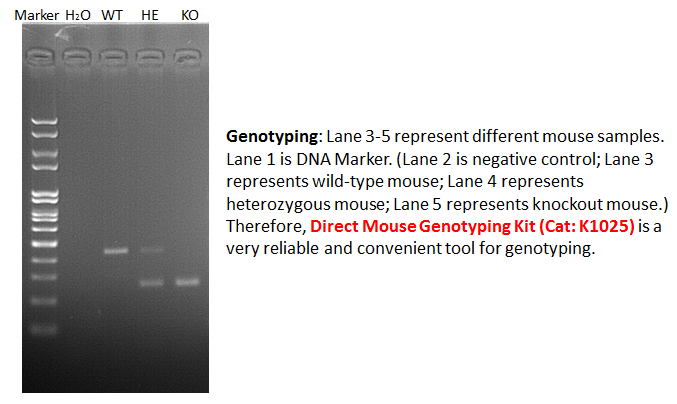
PD research involves the use of many animal models, which can be categorized into two main types: toxic models—among which the two most widely used are the classical 6-hydroxydopamine (6-OHDA) model in rats and the 1-methyl-4-phenyl-1,2,3,6-tetrahydropyridine (MPTP) model in mice and monkeys—and gen
-
cytochrome p450 inhibitors Echinocandin resistance is system
2024-03-30
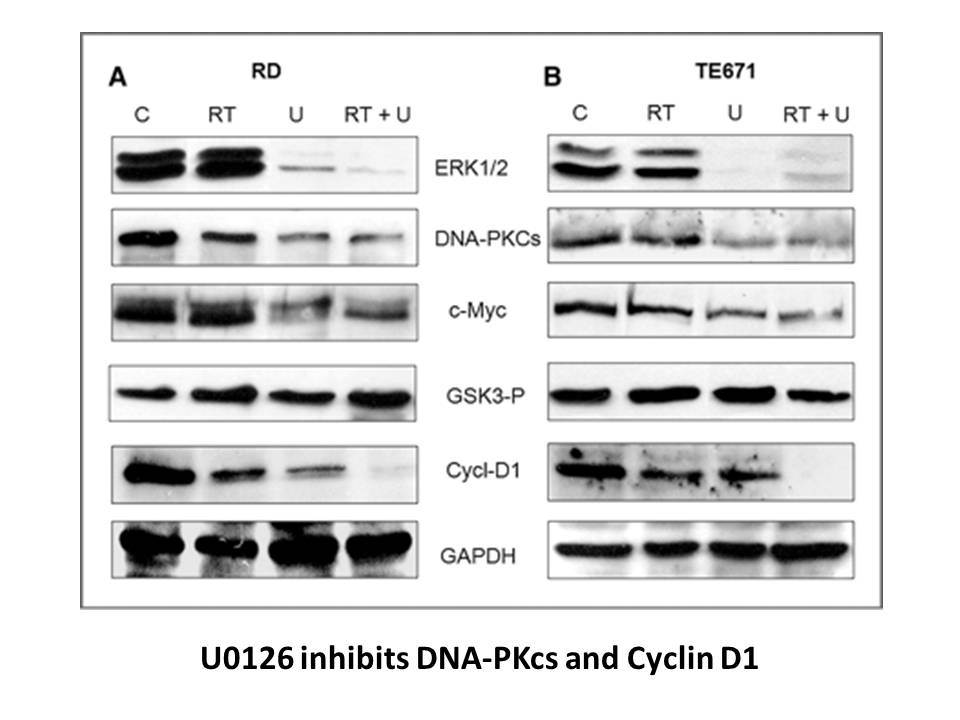
Echinocandin resistance is systematically associated with point mutations in either FSK1 or FSK2 genes [7], [104]. These mutations are located in two different not spot regions of these genes named HS1 and HS2. Hot spot mutations have been reported in C. albicans, C. glabrata, C. tropicalis, C. krus
-
br Combination Effective RAS inhibition which
2024-03-30
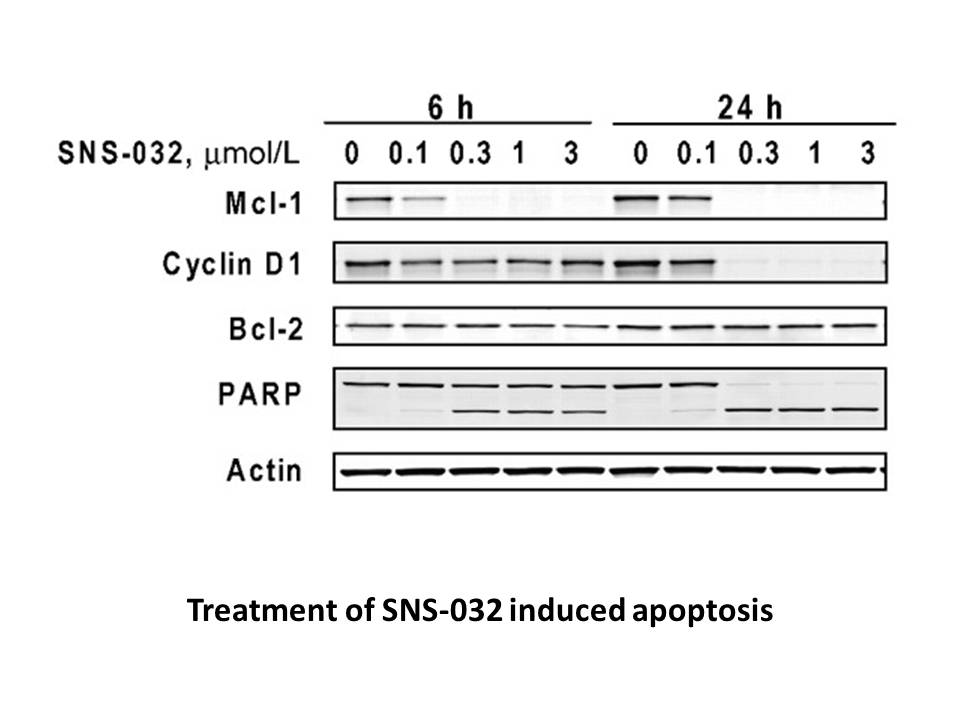
Combination Effective RAS inhibition, which is important for Ampicillin Trihydrate control as well for the management of associated illnesses, can be produced through proper selection and dose maintenance and also by the combination with other antihypertensive agents along with continuous monito
-
A phase I trial has
2024-03-30
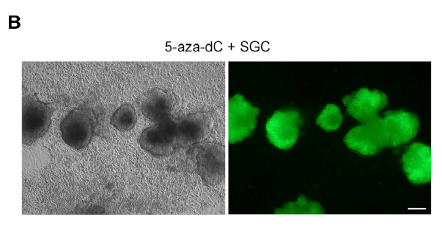
A phase I trial has recently evaluated enzalutamide, an anti-androgen agent, in patients with ER- and AR-positive advanced BC to estimate safety and tolerability of enzalutamide therapy alone or in association to anastrozole, exemestane or fulvestrant [65]. The results of major clinical trials with
-
Our present result that week old
2024-03-30
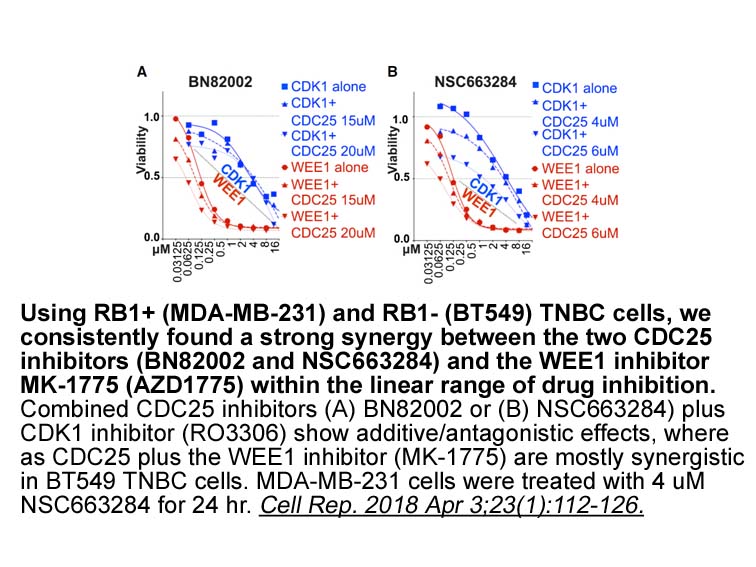
Our present result that ≤2-week-old 150ΔPKA mice express normal LTP that does not depend on CP-AMPARs also supports the collective findings of previous work showing that LTP mechanisms are remarkably adaptable in juvenile animals compared with adults. In particular, GluA1 knockout, S845A/S831A, and
-
br Materials and methods br Results
2024-03-30
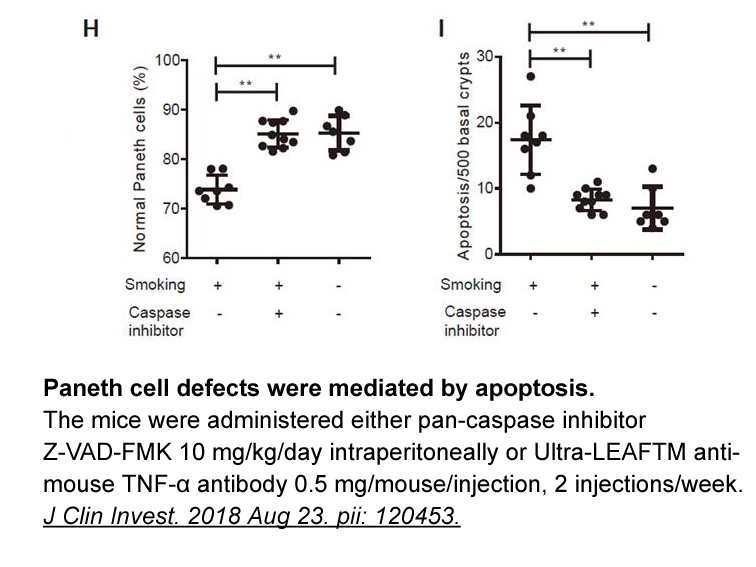
Materials and methods Results Discussion Endophilin A1 is a membrane-binding protein that is mainly distributed in the central nervous system (Giachino et al., 1997), localizes in the dendritic shafts and spines of mature neurons (Yang et al., 2015), and relates to the function and morpholo
-
A large number of aldose reductase
2024-03-30

A large number of aldose reductase inhibitors have been prepared synthetically, and a limited number of them are therapeutically used. However, none of them is satisfactory. Here, Cannabis extracts with high content of non-psychotropic phytocannabinoids CBD/CBDA or CBG/CBGA showed statistically sign
-
Tissue distribution showed that ctrp was abundantly expresse
2024-03-30
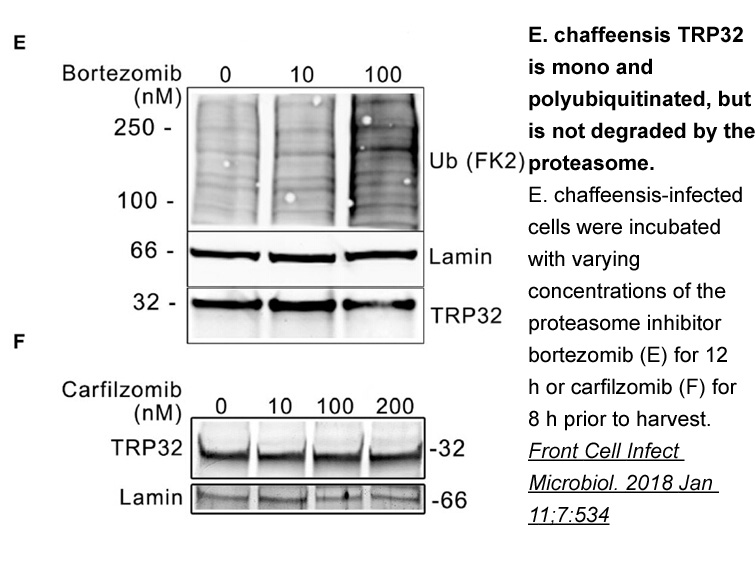
Tissue distribution showed that ctrp9 was abundantly expressed in the kidney of male and female tilapia. In mice, the Ctrp9 was identified in adipose tissue, and the expression levels were higher in females than that of males (Wong et al., 2009). Recent studies indicated that Ctrp9 was also expresse
-
Several reports of single cases of MG patients treated with
2024-03-30
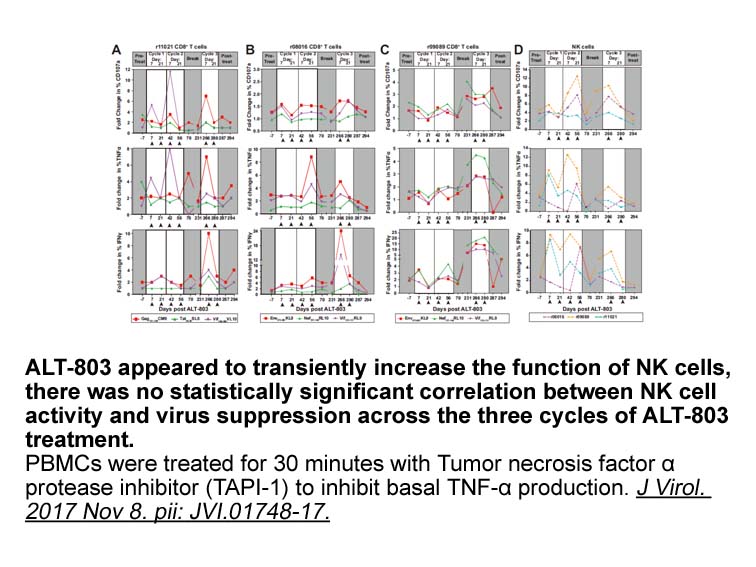
Several reports of single cases of MG patients treated with Rituximab have claimed a favourable response (Baek et al., 2007, Gajra et al., 2004, Hain et al., 2006, Thakre et al., 2007, Wylam et al., 2003, Zaja et al., 2000). We report our experience with Rituximab in 6 patients with severe MG, 3 pa
-
Targeting the BCR is the ideal strategy to identify
2024-03-30
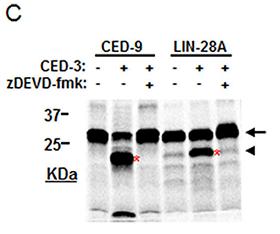
Targeting the BCR is the ideal strategy to identify the antigen reactive B cells. However, there is concern that B cells could be activated when BCR are bound and cross-linked by antigens, a possibility that is obviously negative for the treatment of autoimmune disease. Proby et al. (2000) tried to
-
Further evidence for ACh GABA cotransmission had also been
2024-03-30
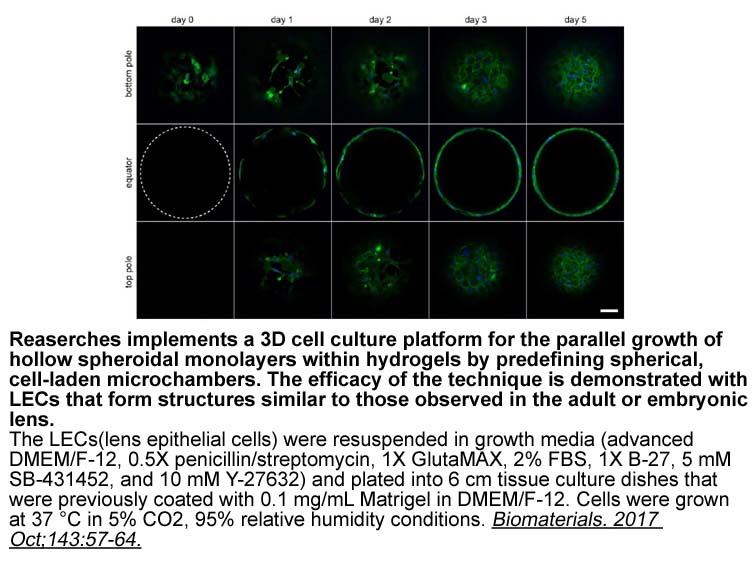
Further evidence for ACh/GABA cotransmission had also been observed in the cortex. Extensive axonal arborization from cholinergic BF neurons exists throughout the cortical layers, allowing direct observation of cholinergic synaptic terminals. One study in the visual cortex of cat examined immunolabe
-
In fact serotonin is a major
2024-03-30
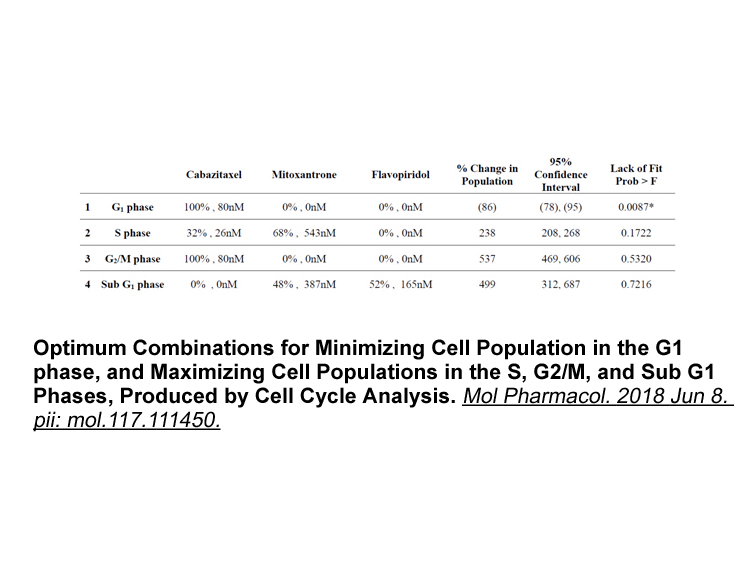
In fact, serotonin is a major modulator of dopaminergic (DA) neuronal activity through the 5-HT2C receptor. Studies have shown that the selective 5-HT2C receptor agonist Ro60-0175 blocks the burst-firing of mesolimbic DA neurons, which project from the ventral tegmental area (VTA) to the nucleus acc
-
In vascular endothelial cells L
2024-03-29
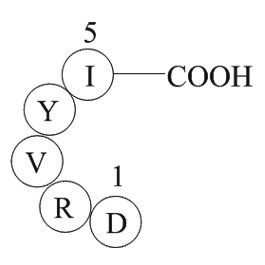
In vascular endothelial cells, L-arginine produces nitric oxide (NO) under the action of nitric oxide synthase (NOS), and nitric oxide can activate guanylate cyclase to produce a large amount of cGMP, thereby relaxing vascular smooth muscle and expanding blood vessels. Numerous studies have confirme
-
br Dysregulated aromatase expression the link between
2024-03-29
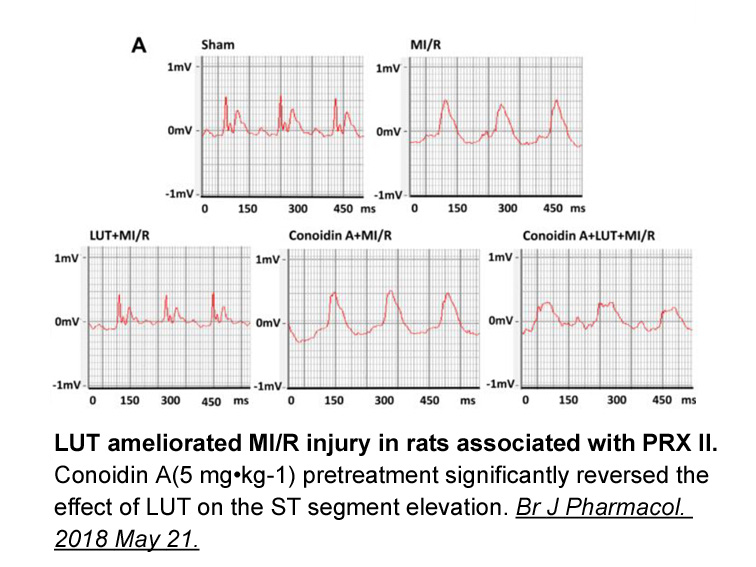
Dysregulated aromatase expression: the link between obesity and breast cancer Obesity has been associated with abnormally high expression of the enzyme aromatase in the breast, influencing the local production and bioavailability of estrogens (Morris et al, 2011, Subbaramaiah et al, 2012). Bowers
-
Adenine Recently whey products have been added
2024-03-29
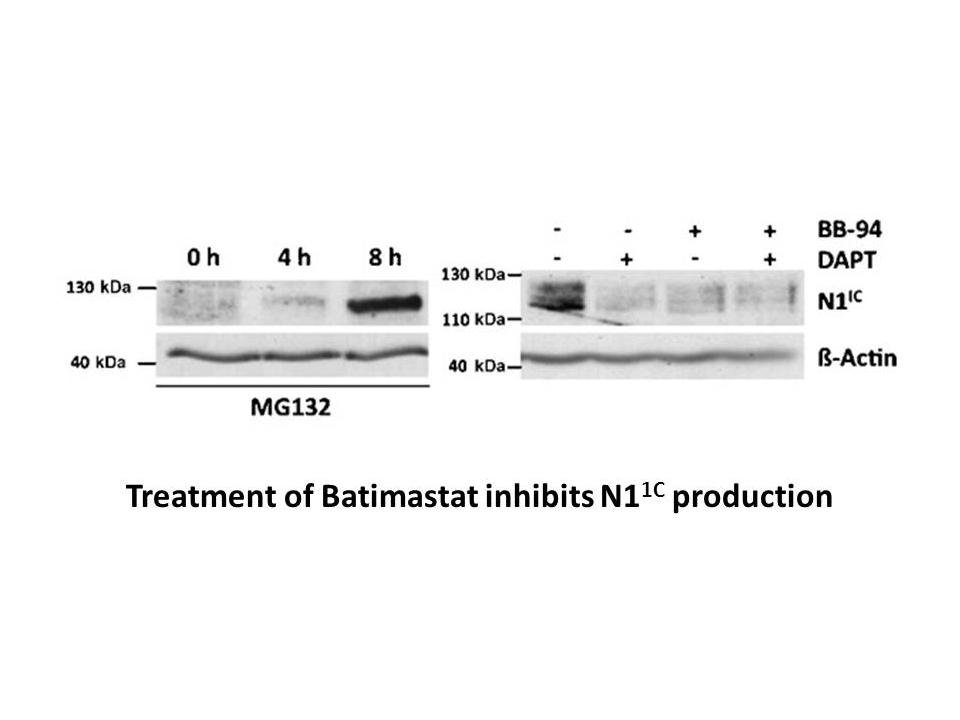
Recently, whey products have been added to nutritional beverages to boost their antioxidant capacity. Supplementation of a lemon drink with 1% WP hydrolyzed by subtilisin increased the antioxidant activity of the beverage from 0.75 to 7.79 mmol of TE/L (Athira et al., 2014). In addition, a flavored
15291 records 172/1020 page Previous Next First page 上5页 171172173174175 下5页 Last page